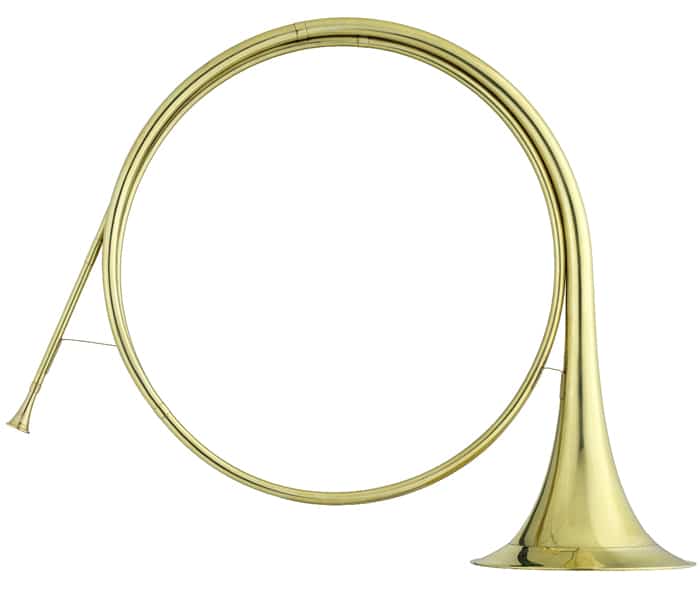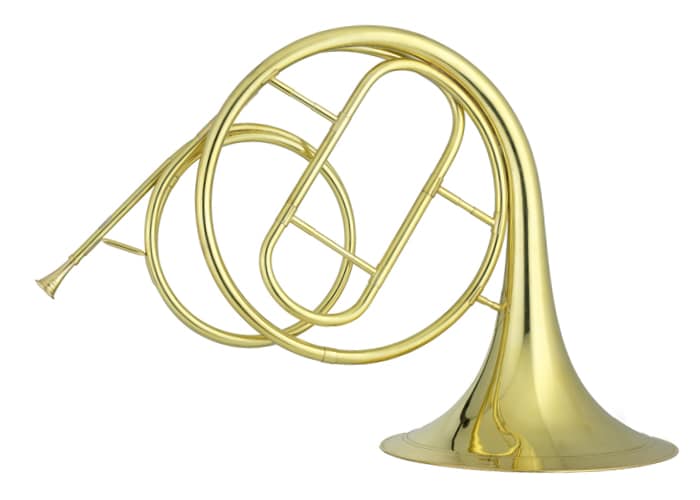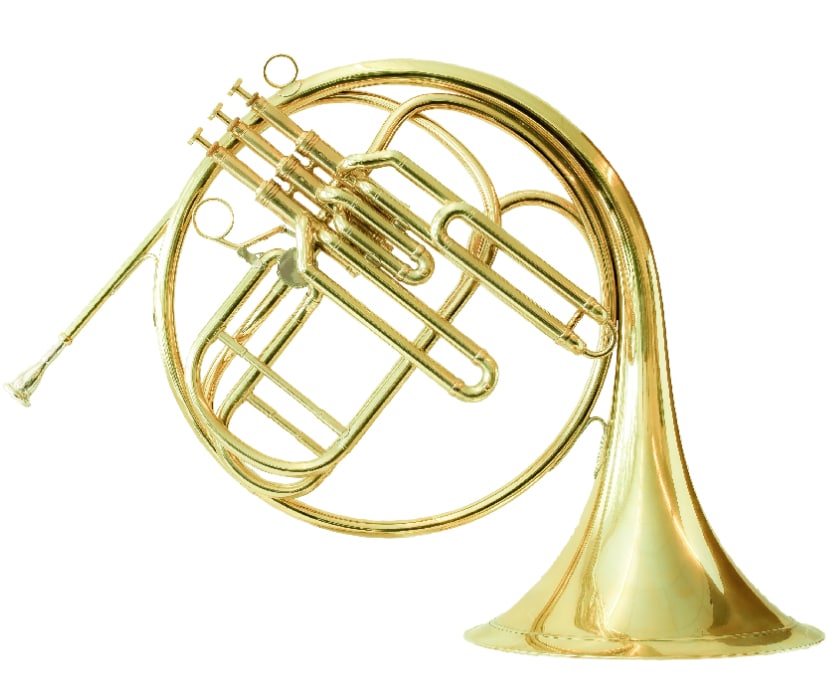Historical horns
All our horns and crooks are made by hand from sheet metal, every single pipe is soldered with seam. We do everything to work as much as possible on the historical sound. Numerous rarities such as the Leichamschneider Horns, the Cor Chaussier and the Corno da tirarsi testify to the irrepressible spirit of discovery here at Egger.
With original baroque horns, a continuously conical bore can be observed from the mouthpiece to the bell. The bells are therefore of different size, depending on the length of the instrument. This improves the the way tones can be bent. We therefore copy two Leichamschneider horns, which provide better acoustic support for playing without a hand in the bell.
The horn after Eichentopf can be played without stopping technique, but is also intended for stopped playing, but also available with ventholes.
The Reiche Horn with slide part was copied in the bell area after the Corno da Caccia by Johann Wilhelm Haas, Nuremberg 1688, from the Trumpet Museum in Bad Säckingen. The remaining measurements are computer-simulated according to the well-known portrait of Johann Gottfried Reiche, which Elias Gottlob Haußmann painted in 1727.
Our EGGER instruments
Our invention horns are based on the French instrument-making tradition of the 19th century. The instruments of the most famous and popular hornmakers of the time, Antoine Courtois (Paris) and the Raoux family serve as original models.
In order to have the most historical sound possible, our horns are made in elaborate handmaking with historical working techniques (e.g. with wraps and wreaths) and from historical material. The thin wall thickness of 0.35mm also contributes to a fine and beautifully shapeable sound. The Raoux Horn is a bit more open and darker in tone, while the Courtois Horn with its slightly narrower bell is a little brighter.
The horns can be used universally and can be tuned in all common as well as in all exotic tunings – for each modern (440 Hz), Classical (430 Hz) and Baroque (415 Hz) tunings. The Raoux Horn can also be equipped with a sauterelle (valve block) and thus corresponds to a modern valve horn of that time.
Our EGGER instruments
The Cor Chaussier is a French horn between natural and valve instruments from the second half of the 19th century and as such an absolute rarity – with only one surviving original, which is now in the Musical Instrument Museum in Brussels.
As part of a research project of the University of the Arts, Bern, funded by the Swiss National Science Foundation, it was measured for the first time by Rainer Egger and recreated in cooperation with Ulrich Hübner.
The historical research results and the replica instrument were presented in Bern in November 2012. The Symphony Orchestra Biel with Ulrich Hübner as soloist featured the copy of the instrument publicly in April 2013, in concert with Camille Saint-Saens’ “Morceau de Concert”, which was composed especially for the “Cor Chaussier”.
Our EGGER instruments








